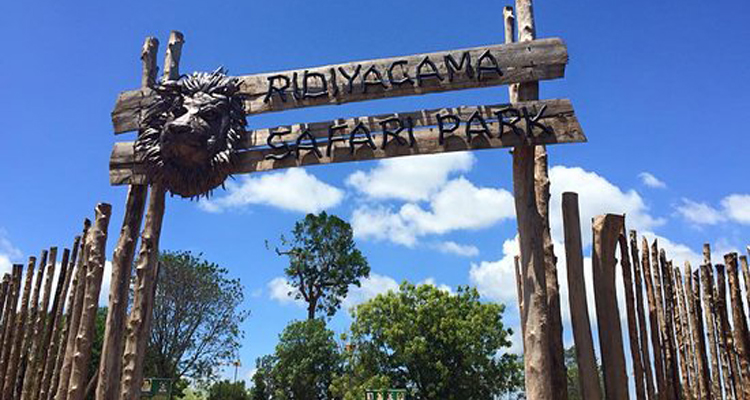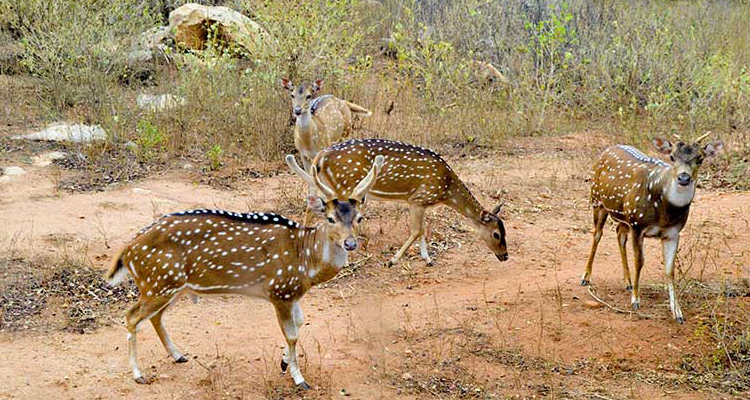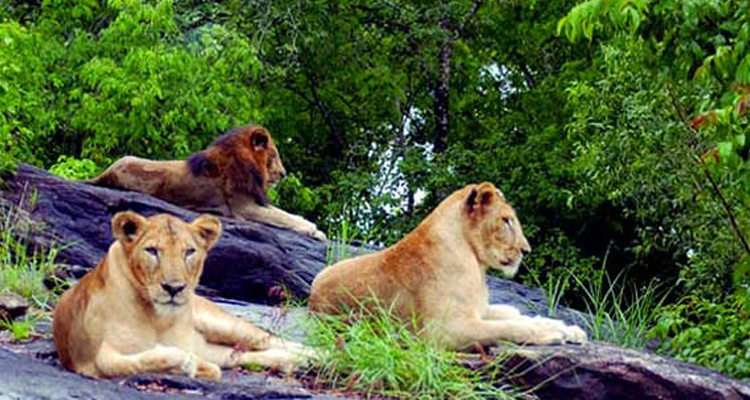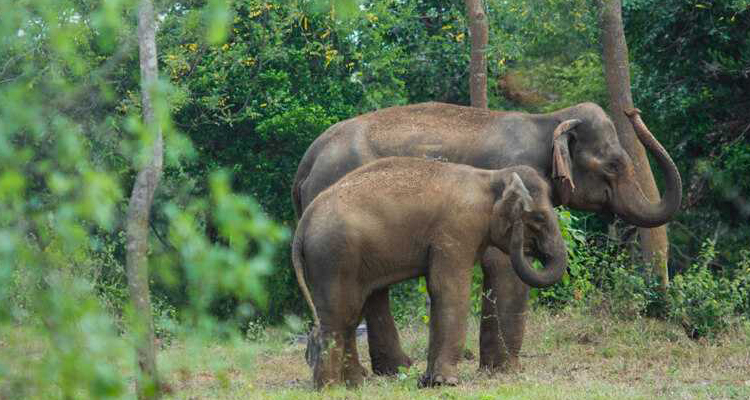Highlights
Lunugamvehera National Park in Sri Lanka was declared in 1995, with the intention of protecting the catchment area of the Lunugamvehera reservoir and wildlife of the area. The national park is an important habitat for water birds and elephants. The catchment area is vital to maintain the water levels of the five tanks in the down stream of Kirindi Oya and wetland characteristics of Bundala National Park. Lunugamvehera National park extending to 23,499 hectares mixed with dry evergreen forests of flora and 3,283h occupied with the Lunugamvehera reservoir. The national park is an important habitat for water birds and elephants as a corridor for elephants to migrate between Yala National Park and Udawalawe National Park. The national park is situated 261 km (162 mi) southwest from Colombo. After being closed because of the Sri Lankan civil war, the national park is now open to the general public. Covering an area of 24,000 hectares, Lunugamvehera National Park was established for protection of elephants migrating from Yala to Udawalawe National Park. The dry-mixed forests are rich in biodiversity and a home to a large number of wild elephants and buffaloes. Also, some other species of mammals such as fishing cat, grey mongoose, wild boar, spotted deer and mouse deer are found in this area. It is estimated that Fauna of the park includes 21 fish species, 12 amphibians, 33 reptiles, 183 birds and 43 mammals. The Park, being a dry zone forest records temperature close to 30 degrees centigrade with rain between November and January each year making the park suitable for visiting all year round.




